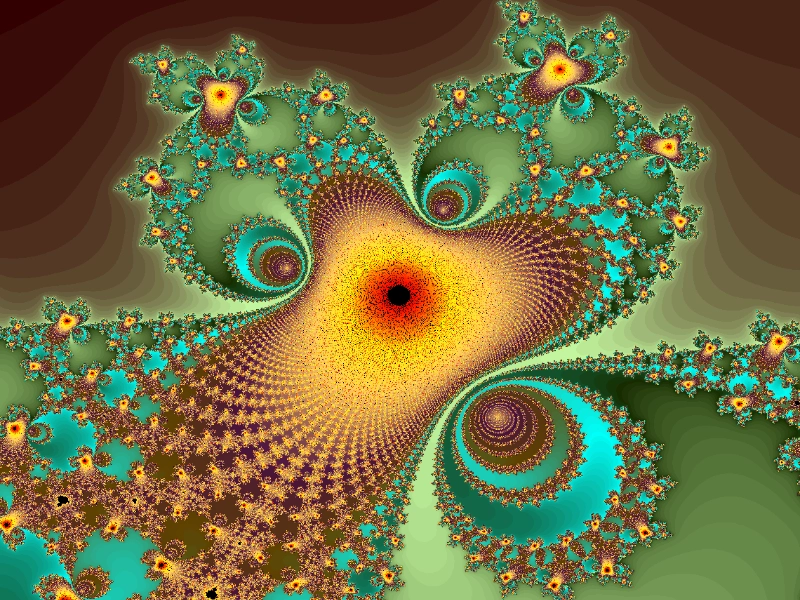Fractal Geometry: The Infinite Beauty of Repetition in Nature
Advertisement
3. The Mathematics Behind Fractals: Iteration and Self-Similarity

Advertisement
One must grasp the mathematical ideas behind the creation of fractals if one is to really value their beauty and intricacy. Two fundamental ideas define fractal geometry: iteratively and with self-similarity. These ideas taken together produce the endless complexity and captivating patterns connected with fractals.
In context of fractals, iteration is the repeated application of a mathematical function or geometric process. This is an endless cycle whereby each step builds on the outcomes of the one before it. This repeating process lets fractals create their complex designs.
To help to clarify this idea, let us take a basic example: the Koch snowflake. The construction starts with an equilateral triangle. Each side of the original triangle has a smaller equilateral triangle added to its center third in the first iteration. For every new line segment produced, ad infinitum, this process is then repeated. The form gets increasingly complicated with every iteration and starts to resemble a jagged, snowflake.
The second essential idea is self-similarity, which holds that the fractal's general form matches its component shapes. Stated otherwise, if you enlarge on any area of a fractal, you will discover a whole-like structure. Fractals' unique appearance and capacity to so precisely replicate natural events depend on this quality.
One gets a great illustration of self-similarity from the Sierpinski triangle. Starting with an equilateral triangle, we eliminate the middle triangle created by side midpoint connections. Every one of the remaining smaller triangles follows this procedure once more. We see as this goes that every component of the resultant form is a little replica of the whole.
Fractals can be defined mathematically by iterative functions or recursive equations most of the times. Defined by the equation z(n+1) = z(n)^2 + c, whereby z and c are complex integers, the Mandelbrot set is among the most well-known. We obtain the recognizable Mandelbrot set image by iterating this equation and graphing the outcomes on a complex plane.
Another absolutely important mathematical feature of fractals is their fractal dimension. Fractal dimensions are fractional unlike the integer measurements we know in Euclidean geometry (1D for lines, 2D for planes, 3D for solids). This lets one describe an object's filling of space in a more complex manner. The Koch snowflake, for example, has a fractal dimension of roughly 1.26, meaning that although it is more complicated than a basic line (dimension 1) it does not quite fill a plane (dimension 2).
Knowing fractal mathematics has produced many useful applications. Realistic landscapes and textures are created in computer graphics by means of fractal algorithms. The ideas of repetition and self-similarity let one create intricate, natural-looking buildings with rather basic programming.
Fractal compression methods in data compression use self-similarity among images to attain high compression ratios. Compressing natural photos with fractal-like patterns has especially benefited from this approach.
Financial modeling also finds use for fractal analysis. Fractal-based models for estimating market behavior and evaluating risk have evolved from the self-similar character of price swings in financial markets.
Within the field of antenna design, fractal antennas generate small, multi-band antennas by using their space-filling characteristics. Modern communication equipment would find these antennas perfect as they can run at numerous frequencies and yet have a modest physical dimension.
Fractal mathematics is still a dynamic field of study with regular new applications and insights developing. Fractal mathematics offers a strong instrument for comprehending difficult systems from predicting the expansion of cities to evaluating brain activity patterns.
Deeper exploration of the realm of fractals reveals that these mathematical constructions provide more than just exquisite designs. They bridge the gap between abstract mathematics and concrete reality by offering a fresh language for characterizing and examining the complexity we observe in the environment.
You May Like
Advertisement

